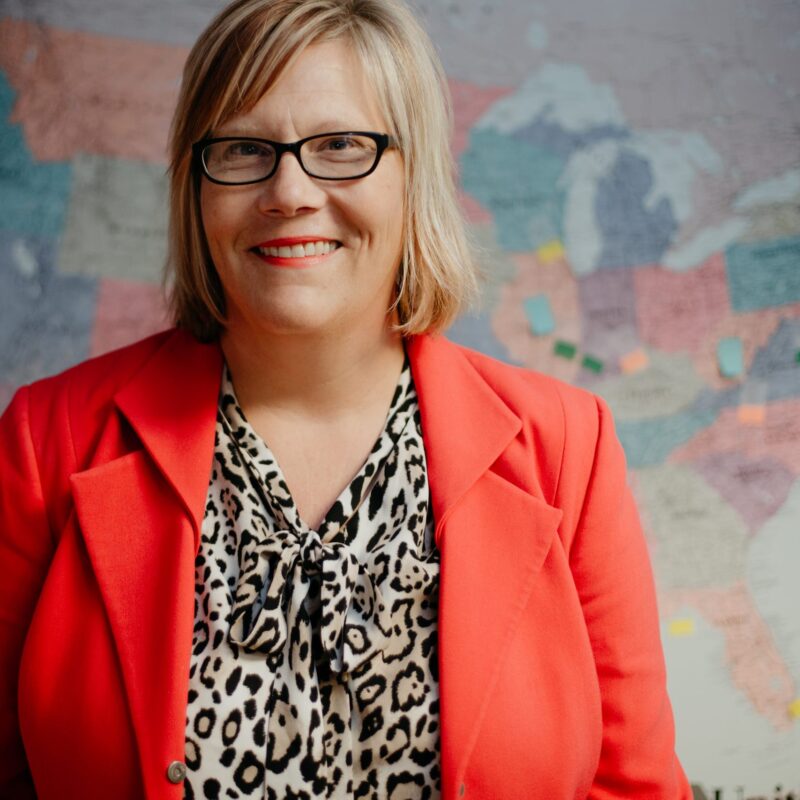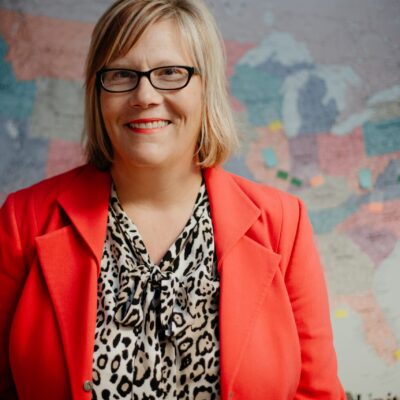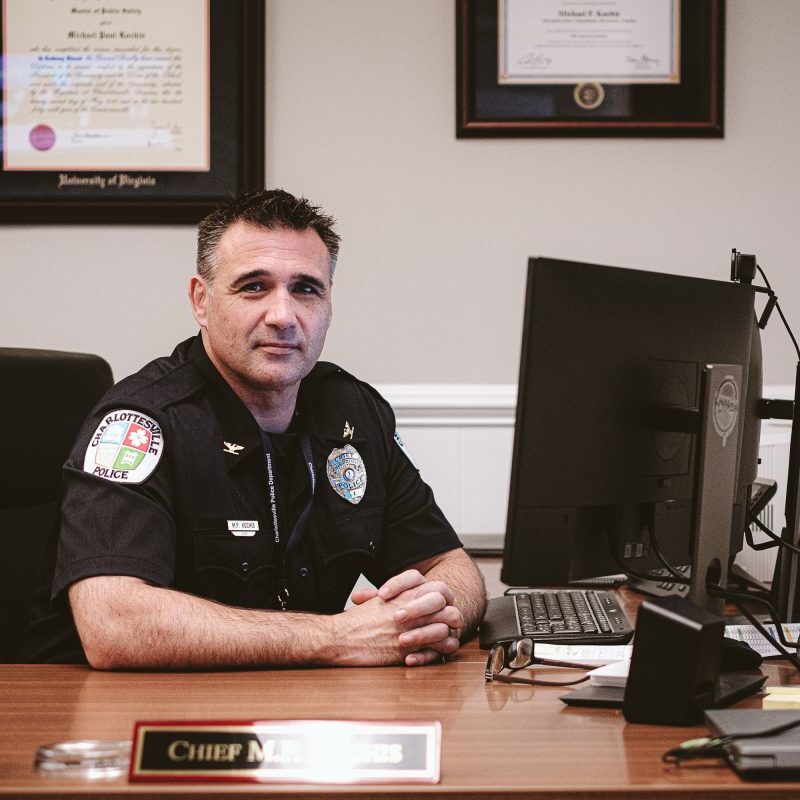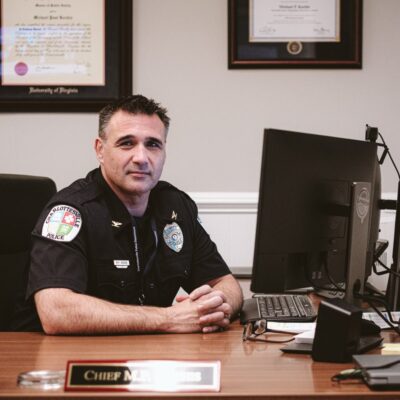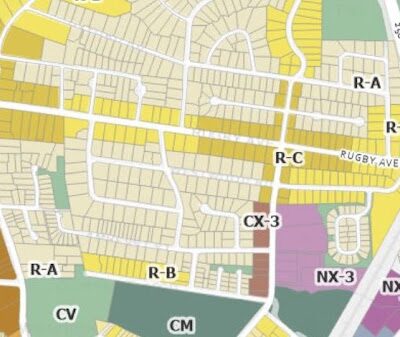Imagine a bigger Charlottesville market—one that expands from its current location between South and Water streets into an adjacent lot. Now imagine that Downtown market site surrounded by new housing, retail and office space. That vision is precisely what the City Market Task Force recommended to City Council in a work session last Thursday night.
/CityMarket05.jpg)
The neighboring lot, owned by the Charlottesville Parking Center, is assessed at $2.2 million. The site is more than double the size of the current City Market location.
|
“Rather than changing the market location, we recommend the city change the market in its present location,” said task force member Jeffrey Plank, a UVA Associate President for Research, to City Council. The task force, which spent the last six months reviewing possible permanent locations for the market, recommended that Council “provisionally designate” the city-owned South Street parking lot as the permanent market location for the next three years.
The recommendation also includes a long-term, multi-use vision of the City Market as the hub of a market district, “an economic and community development area that is related to City Market food…operated at an entrepreneurial scale,” said Plank.
Although members of City Council expressed preliminary support for the plan, they all had concerns about its feasibility.
A market district “could be an economic development opportunity for the city, it could be a tourism opportunity for the city, it could be a real opportunity to support our growers in the area,” Mayor Dave Norris told C-VILLE. “But it’s dependent on several other really important variables coming into place, one being the adjacent parking lot.”
The neighboring lot, owned by the Charlottesville Parking Center, is assessed at $2.2 million. The site is more than double the size of the current City Market location.
Councilor David Brown expressed concern that there won’t be any guarantee that the privately owned lot wouldn’t be developed in the near future. Fellow Councilor Satyendra Huja said the vision is possible, but it would have to become an “economic development venture.”
To that end, Council asked members of the task force what kind of investment the city would have to make in order to see a market district to fruition. Task force members responded that such an investment would potentially involve public officials, private developers and foundations working together.
“There is so much work that has to be done now, but somebody has to create the vision,” Cecile Gorham, another task force member, tells C-VILLE. “Then somebody has to figure out the economic parts and how to get there.”
City staff will study the feasibility of implementing a market district and, after a series of public hearings, will come back in early fall with a detailed report to present to Council.
“There are thousands of people who utilize the market, who depend on the market as a source of income,” says Norris. “We want to hear from the public as well, whether or not this is a vision that they could get behind.”
